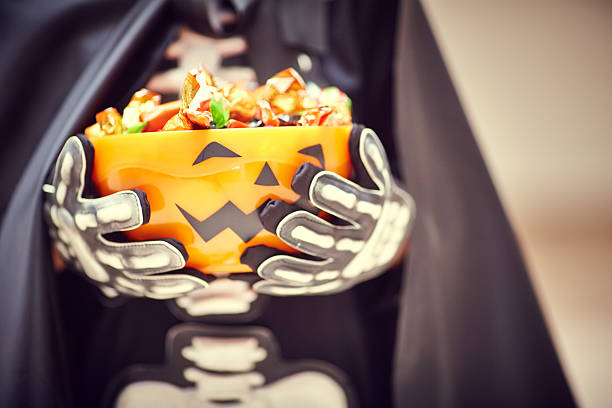
Halloween candy lovers may notice something different this year — higher prices, smaller portions, and fewer chocolate treats. The spooky season favorite has become another victim of global supply challenges, soaring cocoa prices, and tariffs that have reshaped how candy companies do business.
According to an analysis of NielsenIQ data by the Groundwork Collaborative, candy prices this Halloween are up 10.8% from last year — nearly four times the national inflation rate. In contrast, Halloween candy prices rose just 2.1% in 2024. Americans are expected to spend about $7.4 billion on Halloween sweets this year, continuing an upward trend in seasonal spending despite tighter budgets.
Cocoa Costs and Climate Challenges
The main culprit behind these price hikes is cocoa — the heart of chocolate. Global cocoa futures skyrocketed 178% in 2024 after already climbing 61% in 2023. The surge stems from crop failures in Ghana and the Ivory Coast, which together produce around 60% of the world’s cocoa. Climate change, disease, and poor harvests have severely reduced yields, forcing chocolate makers to pay record-high prices for beans.
Although cocoa prices have dipped about 46% in 2025, the relief hasn’t reached store shelves yet. Most chocolate candies being sold now were made using last year’s expensive cocoa beans. Combined with increased energy and packaging costs — and tariffs on key imports — chocolate makers continue to face heavy pressure on their bottom lines.
How Candy Companies Are Adapting
With ingredient costs soaring, both major manufacturers and small artisanal brands are making adjustments. Escazú Chocolates, a small bean-to-bar shop in Raleigh, North Carolina, says it has had to raise payments to cocoa farmers, cut product sizes, and even relocate to a smaller space to offset costs. The company also faces higher tariffs on aluminum packaging and imported materials, which have further squeezed margins.
Large corporations are taking similar measures. Hershey, for example, informed retailers that it would “adjust its price pack architecture” — corporate jargon for shrinking package sizes without lowering prices. Many brands are also reducing cocoa content in their bars and increasing sugar, producing a less rich, more “sugar-forward” chocolate flavor.
Some candy makers are leaning into non-chocolate treats. Gummies, sour candies, and flavored confections — like cinnamon-toast KitKats — have surged in popularity. These products are cheaper to produce and appeal to younger consumers who crave variety and novelty. Sales of sour candies alone grew about 7% year-over-year, according to the National Confectioners Association.
Shrinkflation and Sticker Shock
Consumers are likely to encounter more “shrinkflation” this Halloween — smaller portions for the same or higher price. Groundwork Collaborative found that Hershey’s variety packs are up 22%, Mars’ assorted packs (which include M&M’s, Milky Way, and Skittles) rose 12%, and Reese’s Peanut Butter Cups climbed 8%. Even gummy candies like Sour Patch Kids have seen nearly a 9% price increase.
Despite some price stabilization expected later in 2025, experts warn that Halloween treats — especially chocolate — will remain costly through at least Valentine’s Day. With producers still using cocoa purchased at peak prices and global supply issues unresolved, the “trick” this year might just be in the candy bag itself: less chocolate, more sugar, and a bigger dent in your wallet.



